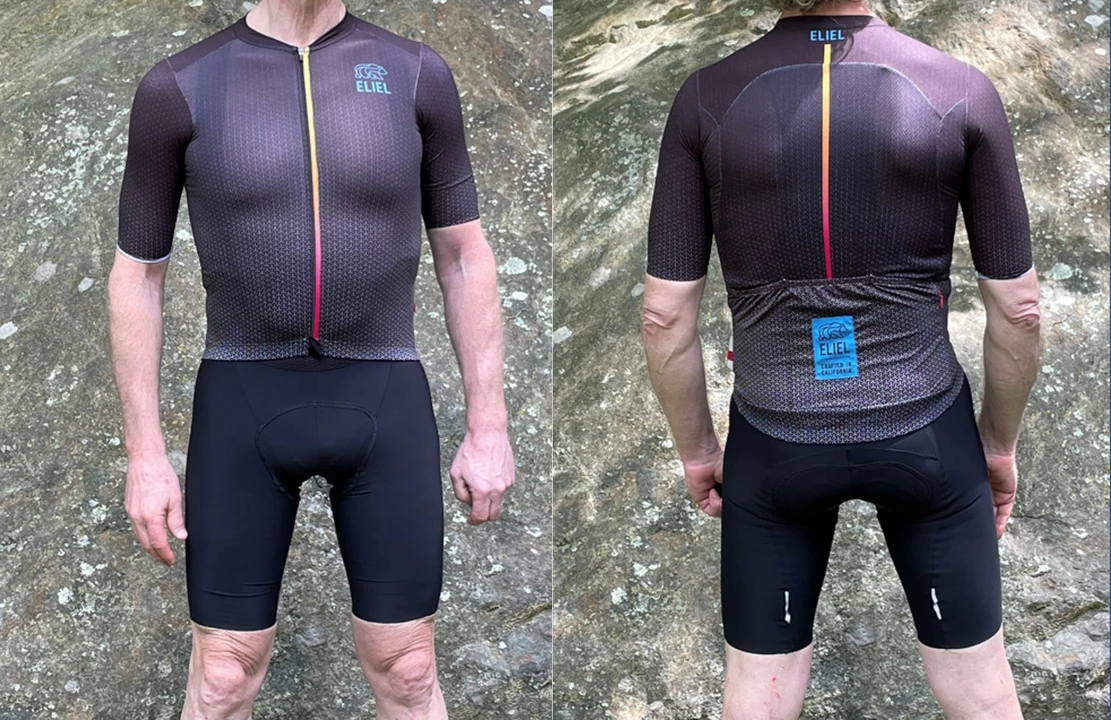Cycling Gear and Apparel: What You Need to Ride Happy
Getting the right gear can turn a rough ride into a smooth one. From what you wear on your legs to the gloves on your hands, each piece has a purpose. Let’s break down the basics so you know what to buy and why.
Bib Shorts vs Cycling Shorts – Which Wins?
First up, the big debate: bib shorts or regular cycling shorts? Bib shorts have built‑in shoulder straps that keep the padding in place. That means no waistband digging into your skin, which many riders say feels better on long rides. The straps also spread the pressure, so you get more consistent comfort.
On the flip side, regular cycling shorts have a waist band that can be pulled up or down quickly. If you need to stop for coffee or a quick stretch, they’re easier to slip on and off. They’re also a bit more versatile if you ride a mix of road, trail, or even just hop on a bike to the shop.
Which one is right for you? If you ride over an hour most days, bibs often win because the extra support reduces chafing and keeps the pad from shifting. If you ride shorter distances, prefer a quick change, or don’t like straps, go with regular shorts. Try both on a short ride and see which feels natural.
Other Must‑Have Gear for Every Rider
While shorts get a lot of attention, the rest of your kit matters too. A good cycling jersey made from breathable fabric helps regulate temperature and wicks sweat away. Look for flat seams to avoid skin irritation.
On cooler days, a lightweight wind‑breaker or a waterproof shell can keep you dry without weighing you down. Most riders keep a pair of gloves handy—full‑finger gloves protect your hands in a fall, while fingerless ones give more grip and feel on warm rides.
Shoes are another game‑changer. Clipless pedals paired with stiff cycling shoes improve power transfer, but casual riders may stick with flat pedals and regular sneakers. If you go the clipless route, make sure the shoes fit snugly and the cleats are properly positioned.
Don’t forget the small stuff: a helmet that fits well, sunglasses to shield your eyes, and a bottle cage for hydration. All these pieces work together to make each ride more comfortable and safer.
Bottom line: start with the right shorts for your ride length, then add a breathable jersey, a jacket for weather, gloves, and shoes that match your pedaling style. With the basics covered, you’ll feel more confident on the road and enjoy every kilometre.
Which is better, bib shorts or cycling shorts?
After comparing bib shorts and cycling shorts, I've found that it really depends on personal preference and the type of cycling you do. Bib shorts provide more support and comfort for longer rides, as they don't have a waistband that can cause discomfort. On the other hand, cycling shorts are more versatile and easier to wear in various situations. It's essential to try both and see what feels best for you and your cycling needs. Ultimately, comfort and functionality should guide your decision.
